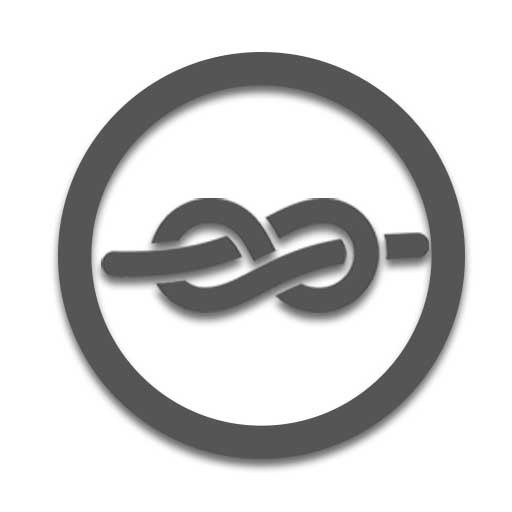HOUSING MATTERS
What Does It Mean By Leaving $20,000 In Your CPFOA When You Buy A House?
Have you heard? You are now able to leave $20,000 in your CPF Ordinary Account (CPFOA) when you buy your home. It means that you don’t have to wipe out all of your CPFOA in order to buy your house. Previously you would have to use all of your CPFOA in order to pay for the down payment of your home, hence leaving nothing behind.
Some might take it positively and some might see it the other way. Some welcome this new rule and some might just want to stick to the norm. Lets look at these 2 options:
- Leaving $20,000 in your bank account, or
- Emptying out your CPFOA
Maybe after you read this article, you would have a clearer mind on which choice that will suit you.
Before running down the examples, let’s standardize certain details.
Price of property |
$400,000 |
Husband CPF OA balance |
$30,000 |
Wife CPF OA balance |
$30,000 |
Husband Monthly income |
$3,000 |
Wife Monthly income |
$3,000 |
HDB loan tenure |
25 years |
HDB loan interest |
2.6% |
Leaving $20,000 in your account.
By leaving $20,000 in your CPFOA will mean that you have a smaller sum for your down payment. But on the other hand, you will be growing your money as CPF OA does give an interest of 2.5% annually. Let’s break down the figures.

By leaving $20,000 in your CPFOA, you would need to pay part of your downpayment with cash. Unless you have lots of savings and surplus cash on hand, then you should not go for this option.
Well, one would be thinking that they took a smart move by leaving the $20,000 in the CPFOA and letting it accumulate with interest annually. That is indeed a good move but is 2.5% per annum a good return for you? That is a question that you have to ask yourself.
That $20,000 left untouched can be used to pay for the monthly loan repayment of your mortgage. That is totally good news, you can literally afford to not work for a few months and still being able to pay your mortgage loan. Nevertheless, that is something you should really think through before going on a break from work.
Lastly, the large amount that you will have to take on loan if you choose to leave $20,000 in your CPFOA. By taking a larger loan, you will have to repay a larger interest. Currently, HDB loan interest rate is at 2.6% but at the same time, you are gaining 2.5% of interest on your CPFOA. You don’t have to be good at mathematics to see the downside.
![]()
In conclusion, these are the pros and cons that we can gather and share if you chose to leave $20,000 in your CPFOA. Let’s see option B and its pros and cons.
Emptying out your CPFOA
By emptying out your CPF OA, you will loan a smaller amount compared to leaving $20,000 in your CPF OA. But you do have to depend on your monthly income to pay for your monthly loan repayment. Let’s break down the figures.

Oh hey, no cash needed. That is already a positive thing when paying the downpayment for your home. This is an option that most couples that already own a flat went through and most couples are happy with this, as it does not affect their own personal cash flow.
Well, on the other hand, you do not have any monies to grow in your CPFOA and eventually, you have to depend on your monthly income and CPF contribution in order to pay for you mortgage loan.
You would perhaps need to pay part of your monthly loan repayment via cash if your CPF contribution is not enough. That might not be a hassle to you but nevertheless; it will prevent you from using that cash on any other monthly necessities.
Finally, over time you will realize that you paid lesser interest due to the smaller loan that you have to take. Being able to save on the interest means that you have more for your retirement in the future.
Think of the Pros and Cons and fit it into your situation
Both ways are neither right nor wrong. It really depends on your current situation. One thing for certain, do not make a decision by looking at short-term plans only, but you should look onto your long-term plans as well.

Yes, it might good news that there is a new option when buying your first home but maybe that option does not particularly suit you. Get some professional advice prior to making the largest purchase in your life.
That is the end of the article and hope the information is useful. Do share it with your friends and families. Till next time.
Disclaimer:
I am a financial adviser but I am not your financial adviser. Therefore, what is posted on this website, are my opinions and NOT to be taken as financial advice. Information provided might be relevant at this period of time but may be irrelevant due to alterations to rules, regulations or policies. The information provided is true to the best of my knowledge, but there maybe omissions, errors or mistakes.
